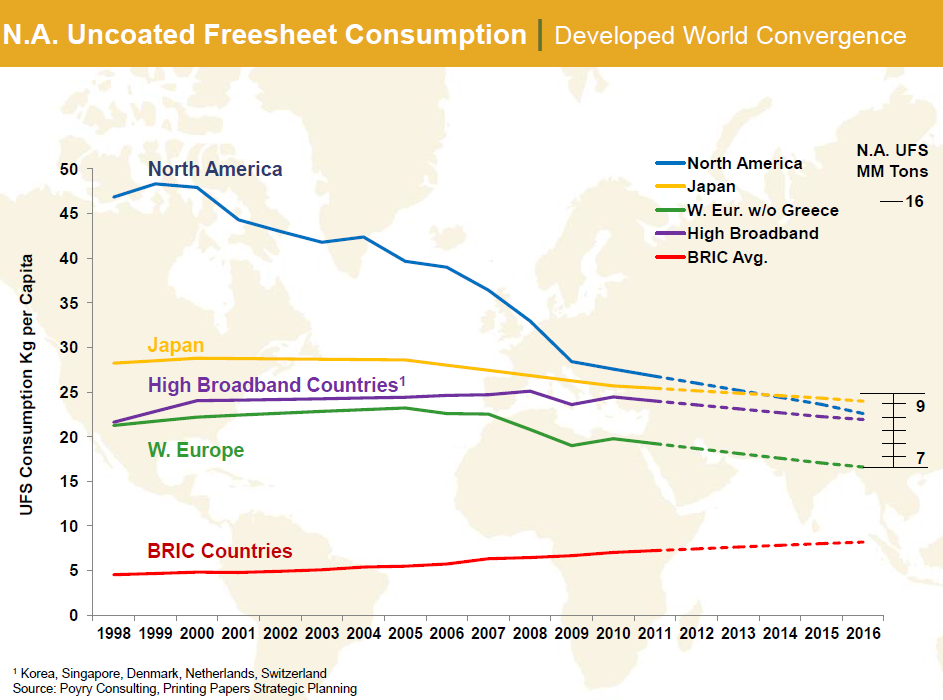What is Economic Growth?
Economic Growth means that the economy is growing – more goods and services are being produced and consumed than they were before. The most common measurement of economic growth is the Gross Domestic Product (or GDP), which measures the total number of finished goods and services produced in an economy in a year.
Why is Economic Growth important?
Governments usually do everything they can to encourage economic growth in order to create more jobs and wealth for their citizens.
Where Does Economic Growth Come From?
Long-term economic growth comes from more workers entering the economy (either through immigration or by lowering the unemployment rate), and the output per worker increasing through higher skill levels or more advanced technology. This is called Labor Productivity.
Labor Productivity
Labor productivity is just the total output divided by the total number of workers. If this ratio goes up, that means workers have become more productive. If it goes down, it means workers have become less productive.
Skill Building
Labor productivity is increased directly by giving more workers more skills, so they are able to produce something of higher value. For example, if a construction worker learns a new technique for building a house that makes the finished building stronger but uses less materials, his labor productivity increases.
Most countries invest heavily in schools to try to increase their labor productivity. People who can read are generally able to do more work than people who cannot, so over the last 60 years governments around the world have been working hard to increase their literacy rates.

Chart showing the average number of years a student in different countries have attended school
Generally speaking, the more years of school and training a person has, the higher their labor productivity is (including training they acquire on-the-job while working). As the average skill level of a country increases, they are able to produce more and better goods and services, which leads to economic growth.
Technology
Technology also plays an important role in increasing labor productivity and driving economic growth. As new machines and techniques are invented, each person is able to produce more output in less time. This includes better tools, but also better management techniques for helping large teams of people to work together.
For example, a farmer today with a modern tractor and harvesting machines can work nearly 500 times as much land as a farmer in 1800 using horses, oxen, and hand tools, and they need to work fewer hours per day.
This means that fewer people need to be farming to produce enough food, so more people can enter other industries (like manufacturing).
Another example of this is when personal computers became widely accepted in businesses around the world. This allowed people to keep more documents and records saved in an electronic format, making them easier to read, find, and share. This, in turn, allowed companies to spend less money on paper, and more on other technologies that helped workers be more productive.
Investment
Individuals do this by saving or investing directly in businesses. Even if you just have a savings account, your savings are used by your bank to make loans to new businesses and older businesses that want to expand, so this helps drive future growth.
Businesses do this by directing their profits back into research and development, or direct re-investment (like buying new computers).
Governments do this by reducing taxes for individuals who invest most of their income, or providing other incentives for people and companies to drive research and direct investment.
Interest Rates
One of the most direct ways that the government tries to drive growth is by managing the interest rates that bonds pay out and banks charge for loans. When interest rates are low, it makes it cheaper for people and businesses to borrow money to use for growth. There is a constant balancing act between lowering interest rates to promote growth and raising interest rates to discourage risky borrowing.
Why Is Growth Different Between Countries?
Economic growth is wildly different between countries. The reasons for this are not always clear, but the biggest factor is that countries that have a lot of resources (both a skilled labor force and advanced technology) to start with will have an easier time developing newer and better skills and technologies, giving them a head start for growth.
Poorer countries might not have the same cultural drives that help encourage growth. For example, in many places in the world, it is heavily discouraged to ever borrow money. This can make it very difficult for a new business to get the funding they need to open, and also makes it difficult for established businesses to expand.
The opposite is also true, though. A country that starts off poorer can have much faster growth, since they can take advantage of the newer technologies and techniques developed elsewhere. This can help them “catch up” to richer countries.
Even very similar countries might have very different economic growth rates, since every country has slightly different economic incentives driving how resources are allocated, different levels of research and development in different sectors of the economy, and different changes that take place inside the economy over any given year.
Pop Quiz!
[mlw_quizmaster quiz=43]
